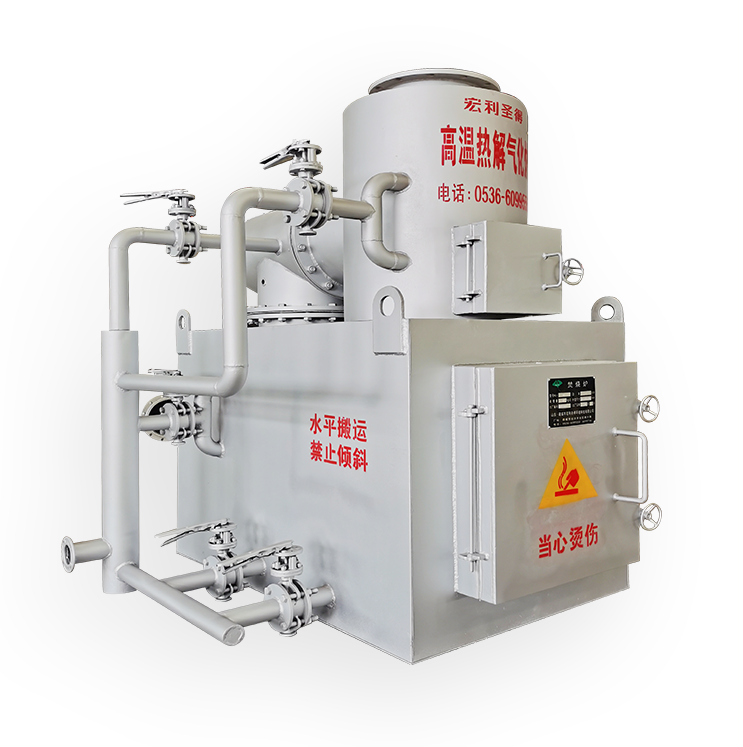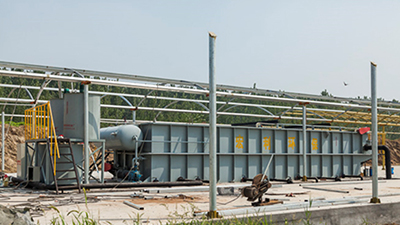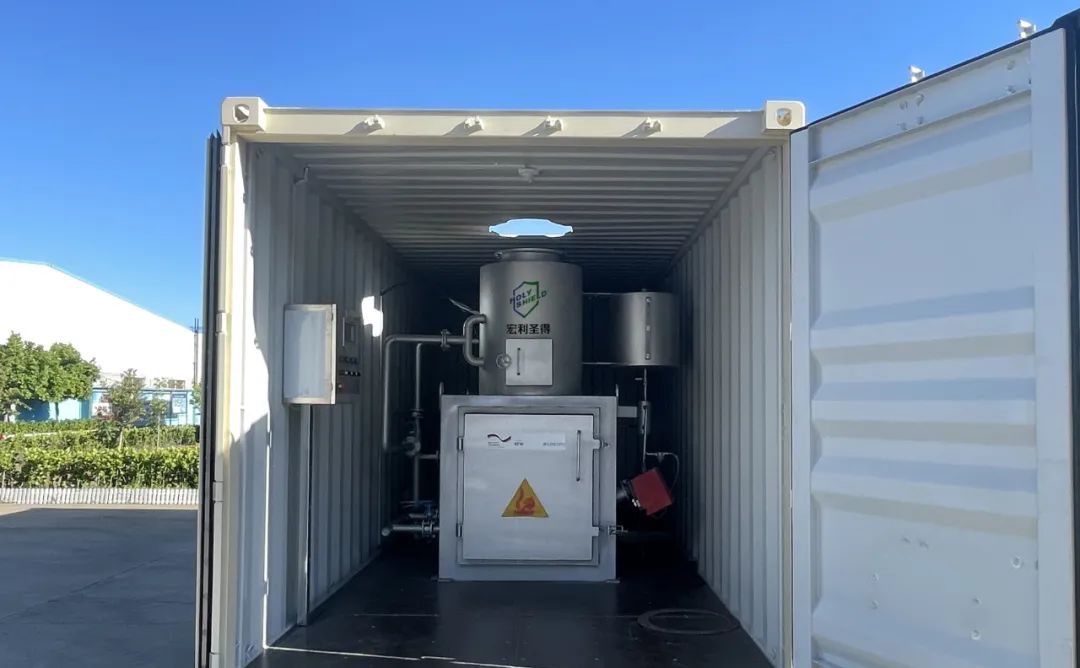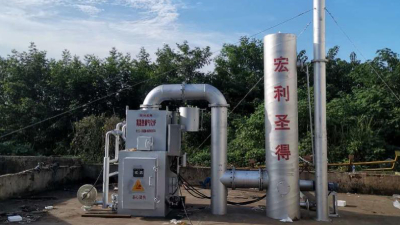The manufacturing of good-looking leather requires multiple processes such as water soaking, degreasing, dehairing, liming, deliming, softening, pickling, tanning, neutralization, retanning, dyeing and fatliquoring, etc. Not only are there many processes, but the chemical materials used are also very complicated. Therefore, the concentration of pollutants in leather wastewater such as COD, sulfide, and ammonia nitrogen is relatively high. In addition, there are also lime, dyes, proteins, salts, grease, wool, leather and other substances harmful to the environment.
The leather wastewater is directly discharged without treatment, which will affect the pH value of the surface water and the growth of crops, and the suspended solids may block the drainage pipes and drainage ditches. In addition, a large amount of organic matter and grease will also increase the oxygen consumption of surface water and cause water pollution. Sulfur-containing waste liquid is prone to produce hydrogen sulfide gas when encountering acid, and sulfur-containing sludge will also release sulfide under anaerobic conditions. Hydrogen gas is extremely harmful to water bodies and people.
Then the treatment of leather wastewater becomes very important, because the different raw materials, different processing techniques, and different finished leathers will also cause the wastewater quality to vary greatly. These leather wastewater treatment processes are also different, so leather wastewater The treatment of tannery has always been a difficult problem, but our
Holy Shield has the courage to overcome the problem. After the unremitting efforts of the company’s scientific research personnel, we have overcome most of the tannery wastewater. The
sewage treatment equipment produced is dedicated to special water and discharges up to the standard, which is effectively solved. The problem of tanning sewage!

If you also have leather sewage difficult to treat, we might as well discuss with each other, maybe we can help you solve the problem!




